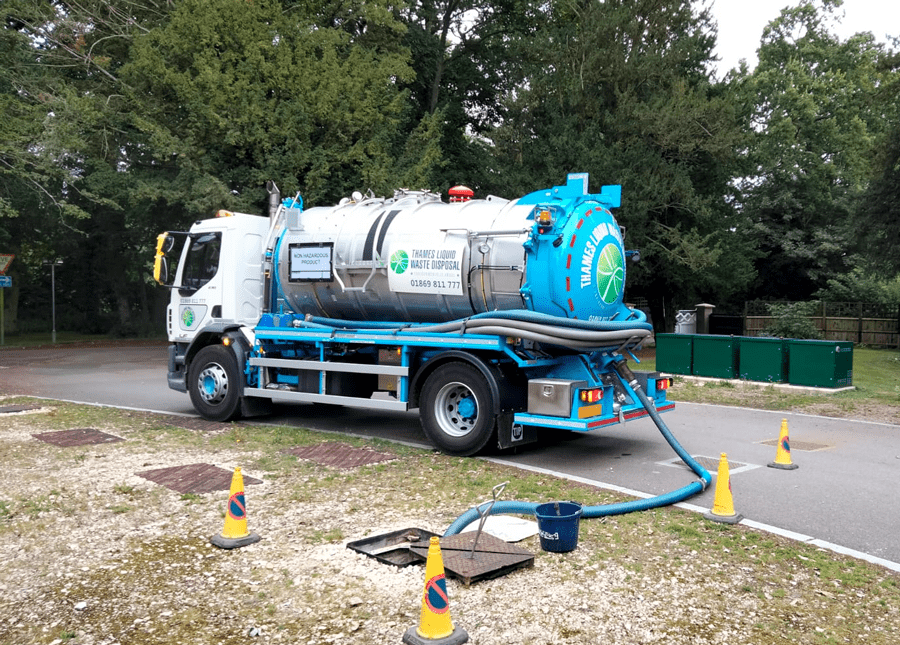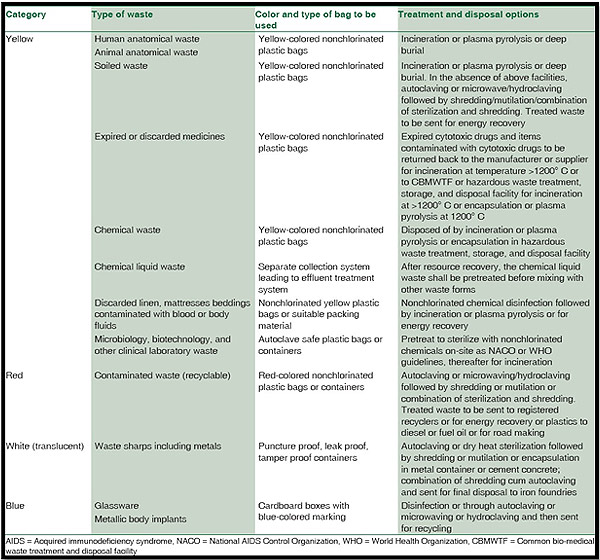The Ultimate Guide To Reclaim Waste
The Ultimate Guide To Reclaim Waste
Blog Article
Little Known Questions About Reclaim Waste.
Table of ContentsLittle Known Questions About Reclaim Waste.Indicators on Reclaim Waste You Need To KnowThe smart Trick of Reclaim Waste That Nobody is DiscussingGetting My Reclaim Waste To WorkReclaim Waste - Questions10 Simple Techniques For Reclaim Waste

Never ever place hazardous substances down sinks, commodes or stormwater drains pipes Materials consisting of petrol, grease, oil, pesticides and herbicides, and solvents such as paint pole dancers need to not be put down sinks, toilets or stormwater drains. These compounds are hard to eliminate in the sewer therapy process and trigger contamination problems in our regional waterways.

Although liquid waste is a term that covers a wide variety of materials, there's a good reason leaving its disposal to the experts is recommended. Fluid waste is non-solid material that has no more usage and should be treated and taken care of according to regional, state and government regulations.
The Best Guide To Reclaim Waste
Although instances of liquid waste can consist of wastewater, fats, oils or oil, used oil, liquids, solids, gases or sludges and hazardous household liquids, there are some that are taken into consideration to be much more unsafe than others when it concerns the environment and the wellness of animals and human beings alike. It's because of this that each state and region have actually strict laws connected to liquid waste administration.
Liquid waste can be kept in holding containers or packaged in drums, intermediate mass containers or authorized little containers before either being treated or gotten rid of by means of outsourced vacuum vehicles. Provided the nature of the materials, liquid waste can not enter the basic waste stream and there are rigorous policies on exactly how to take care of it appropriately.
(https://www.kickstarter.com/profile/reclaimwaste1/about)Depending upon a decision of the level of danger, it might be needed to remediate those sites. In addition, unsafe fluid chemical wastes are regulated waste and has to be tracked based on the state waste legislation. Under the chain of guardianship and obligations, owners are liable and responsible for waste generated by a service.
One of the core applications for superabsorbent polymers (SAPs) is fluid waste solidification. liquid waste removal. SAPs are used by waste administration specialists to avoid potentially hazardous liquids from entering waterways, groundwater aquifers, and various other sensitive settings. Because liquids can swiftly transport pollutants right into ecological receptors and potentially add to geotechnical failings, fluid wastes are virtually constantly forbidden from disposal in land fills
Not known Facts About Reclaim Waste
Generally, totally free fluids are fluids that separate from the solid section of waste product. Fluid waste can include the following: HDD mud and cuttings Landfill leachate Wastewater treatment sludge & biosolids Dug up debris Oil and gas drill cuttings Clearing up web fish pond muck Hydro Excavation slurry Coal burning residuals/ash Tank base sludge Concrete grinding/polishing slurry Relevant Article: For a practical instance of complimentary liquids dividing from waste material, consider the complying with situation: A waste management professional lots a dump truck with sludge from a wastewater treatment plant's aeration container, during a regular maintenance occasion.
Nonetheless, when the motorist comes to the garbage dump, he notices water seeping from the sludge and putting from the dump truck. The lots was turned down by the land fill and the vehicle driver was forced to take care of the waste as a fluid waste at a special center, which enhanced the disposal costs significantly.
We also require to be accountable for the proper disposal of our waste products. It is not sufficient that we pay waste disposal business to take treatment of our rubbish.
Indicators on Reclaim Waste You Need To Know

Segregating your waste can begin inside the home. Segregate completely dry and fluid waste as well as edible waste, naturally degradable and non-biodegradable products.
You can use old garbage bin, pail, yard pot or old plastic drums. Pierce 4 to 5 openings in the container so the air can circulate. Layer all-time low with dirt to soak up the wet waste. Begin the composting procedure. Layer the compost with wet and dry waste as well as dirt to maintain a balance in between the wet and the completely dry.
See This Report about Reclaim Waste
To promote faster decay, you can additionally add semi composted dirt to the compost. If you discover the smell is coming to be as well solid, include added papers and paper waste or add even more openings to the compost bin to keep the equilibrium of the waste products.
We likewise require to be accountable for the proper disposal of our waste materials. It is not enough that we pay waste disposal business to take treatment of our rubbish.
Our waste, our responsibility. Have you ever before wondered what happens to your liquid waste after it's collected? Did you know that liquid waste can be reused?
Examine This Report on Reclaim Waste
The dreamland is an excellent exterior area with lots of sunshine and air. Segregate your waste. Segregating your waste can start inside the home. Segregate completely dry and liquid waste as well as edible waste, naturally degradable and non-biodegradable materials. Constantly maintain the cover on your containers to stay clear of bugs, worms, flies, and undesirable odours.
You can make use of old garbage can, pail, garden pot or old plastic drums. Drill four to five holes in the container so the air can circulate. Layer the bottom with dirt to absorb the wet waste. Beginning the composting procedure. Layer the garden compost with damp and completely dry waste in addition to dirt to keep an equilibrium in between the damp and the dry.
To help with faster decay, you can likewise include semi composted dirt to the garden compost. If you discover the odor is ending up being too strong, add additional papers and paper waste or include even more openings to the compost bin to keep the equilibrium of the waste products.
Report this page